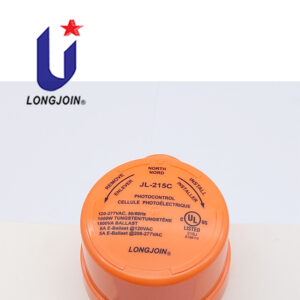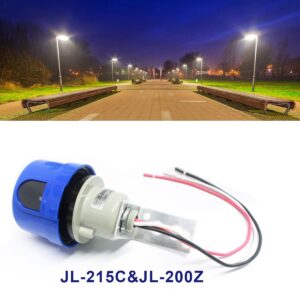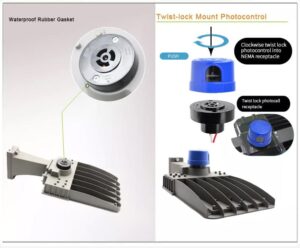Requirements of Light Controllers for Streetlight Types and Compatibility with Different Rated Voltage Values
Introduction
As cities expand, outdoor streetlights are important for safety and visibility. The street light controller is a core component of these systems. It helps manage energy efficiency and ensures reliable performance. This article examines key requirements for a street light controller to be compatible with various streetlight types and voltage ratings.
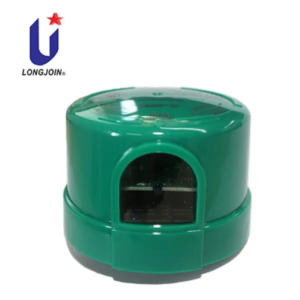
Compatibility with Streetlight Types
Versatility
Light controllers must be compatible with many streetlight types. These include LED streetlights, sodium lamps, and metal halide lamps. Each streetlight type has unique needs. LED lights, for instance, are energy-efficient. They have different electrical characteristics than sodium lamps. This variety requires adaptable light controllers.
A flexible control logic is essential. It adjusts the controller’s function to match the specific needs of each light type. By supporting diverse lighting technologies, controllers ensure wide compatibility. This makes streetlight maintenance more straightforward and improves city lighting consistency.
Intelligence Integration
Smart lighting systems are increasingly popular. Modern light controllers must work with these systems. They must integrate with smart technology for features like remote control and data monitoring. For smart streetlights, controllers need to process and communicate data.
Effective communication interfaces are a must. Light controllers should support protocols that enable seamless integration. This allows city operators to monitor streetlights from a distance. Integration with data systems also helps track energy use and detect maintenance needs.
By enabling centralized control, these smart controllers improve operational efficiency. They reduce the need for manual adjustments and make it easier to manage large lighting networks. Smart integration also provides a clear path toward future innovations. These can be predictive maintenance or even more energy optimization.

Environmental Adaptability
Streetlights operate outdoors and face harsh conditions. Light controllers need high environmental adaptability to withstand these challenges. They should be resistant to extreme temperatures, rain, dust, and humidity.
A robust design is necessary for reliability. Controllers with protective enclosures are more durable. They can maintain stable operations despite adverse weather. Reliable light controllers ensure streetlights perform consistently year-round.
Environmental resilience also reduces maintenance needs. Cities can rely on these controllers for long-term service. Fewer replacements mean cost savings for city budgets.
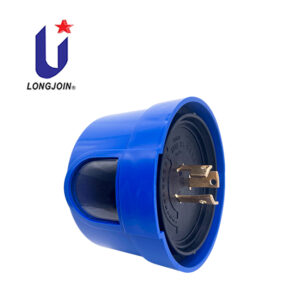
Compatibility with Different Rated Voltage Values
Voltage Matching
Streetlight systems have various rated voltage requirements. Light controllers should match these voltage levels. For instance, some systems operate at 12V, while others use AC220V. Proper voltage matching ensures smooth control signal transmission.
Controllers with a broad voltage range are ideal. They can support different voltages, allowing for more flexibility in use. This compatibility ensures the streetlight operates correctly and efficiently. Voltage matching between controllers and lights helps prevent malfunctions.
Voltage Fluctuation Tolerance
Voltage fluctuations are common in outdoor lighting systems. Power grids or solar sources may have inconsistencies. A street light controllers need a tolerance for such fluctuations. They should automatically adjust control logic to maintain stability.
Controllers with fluctuation tolerance can prevent disruptions. When the voltage varies slightly, these controllers adapt. They ensure the streetlight remains operational without sudden shutdowns. This feature is especially useful in areas with frequent voltage shifts.
By maintaining steady lighting despite fluctuations, these controllers enhance durability. Their adaptability ensures continuous operation even under irregular voltage conditions. This improves user safety and energy efficiency.
Protection Mechanisms
Safety is essential for streetlight control systems. Street light controllers should include several protection mechanisms. Overvoltage and undervoltage protections are crucial. These features prevent damage when voltage levels go outside normal ranges.
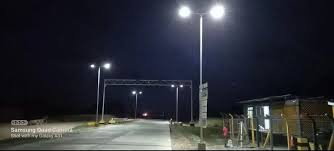
Short-circuit protection is another necessary feature. In case of a fault, the controller stops control signals. This helps prevent equipment damage. By protecting the streetlight system, controllers improve longevity.
With these safeguards, light controllers improve the lifespan of streetlights. They ensure fewer malfunctions and make outdoor lighting systems more resilient. Cities benefit from lower maintenance costs and fewer interruptions in street lighting.
Summing Up!
Street light controllers are important for modern lighting systems. They must be compatible with varied streetlight types, from LEDs to sodium lamps. They also need to work well with different voltage ratings. Versatility, smart integration, and environmental adaptability are crucial.
Matching rated voltage levels and tolerating fluctuations are key. Additionally, protection mechanisms ensure safe operation. Effective street light controllers make outdoor lighting systems reliable and efficient. They provide cities with energy efficiency and durability.
With the right requirements met, light controllers enhance public lighting. Cities benefit from reduced costs, improved safety, and efficient operations.
FAQs
Why is compatibility with different streetlight types important for a street light controller?
Compatibility allows a street light controller to manage various lighting types. These can be LED, sodium, and metal halide. Each type has unique electrical needs and a compatible controller. This ensures efficient and reliable performance across all these systems. This reduces maintenance and enhances overall efficiency.
How does a street light controller handle voltage fluctuations?
Advanced street light controllers are designed to tolerate voltage fluctuations. This is done by automatically adjusting control settings. This feature allows consistent operation despite changes in power supply. This makes the system reliable even in areas where voltage varies frequently.
What protection mechanisms are built into a street light controller?
A street light controller includes safety features such as overvoltage, undervoltage, and short-circuit protection. These mechanisms prevent damage from electrical surges or drops. This ensures the longevity of the lighting system and reduces maintenance costs.
External Links
https://en.wikipedia.org/wiki/Street_light

